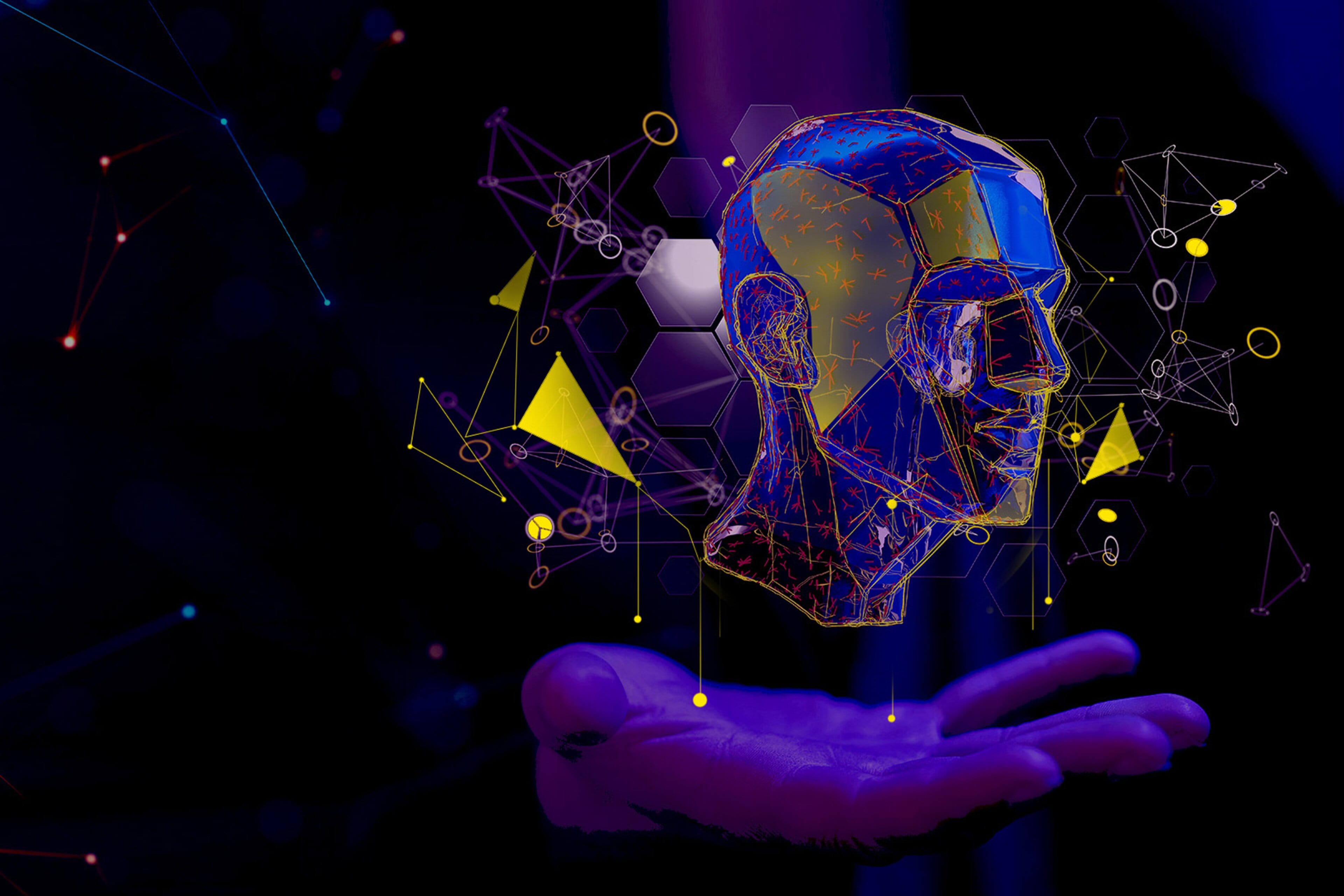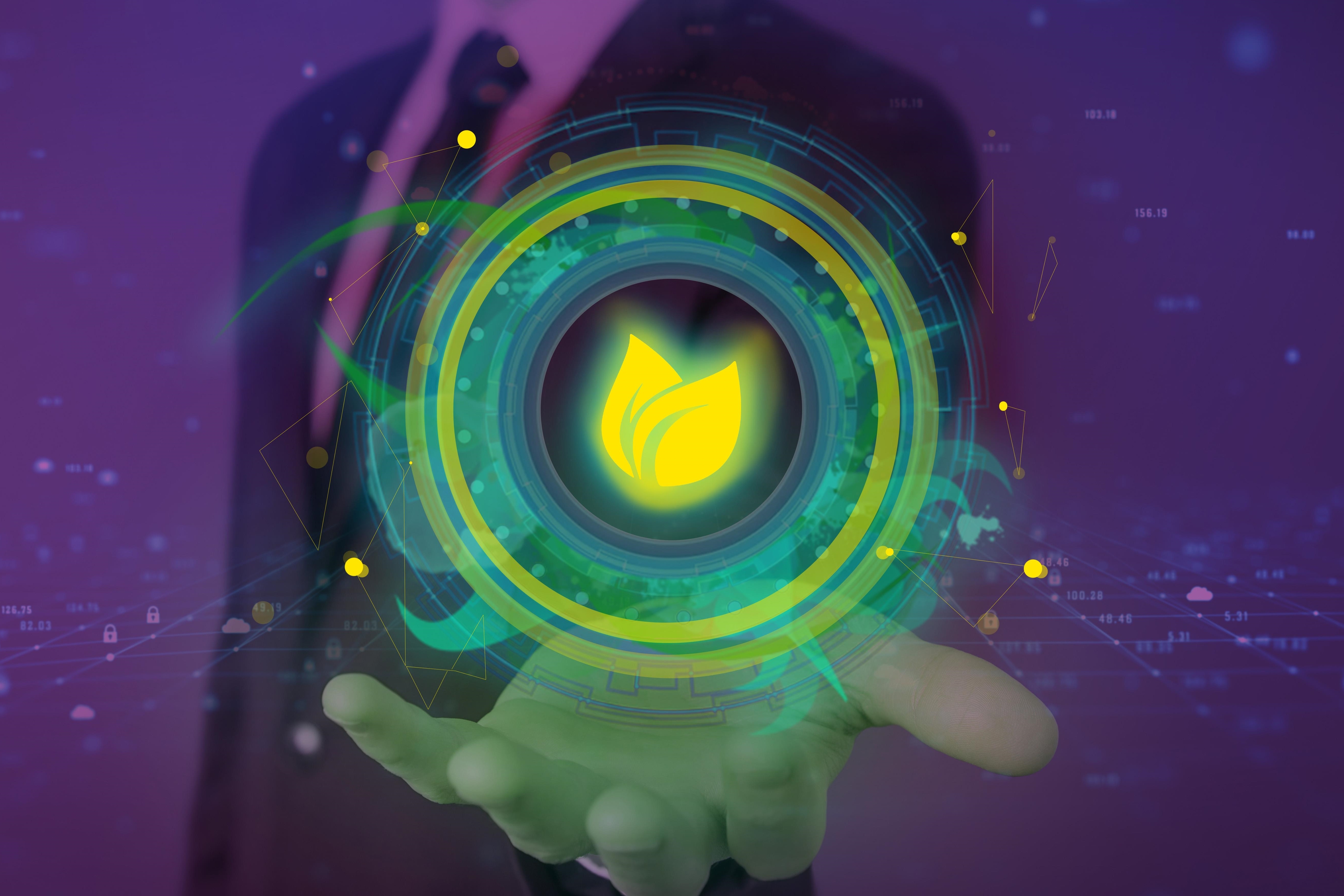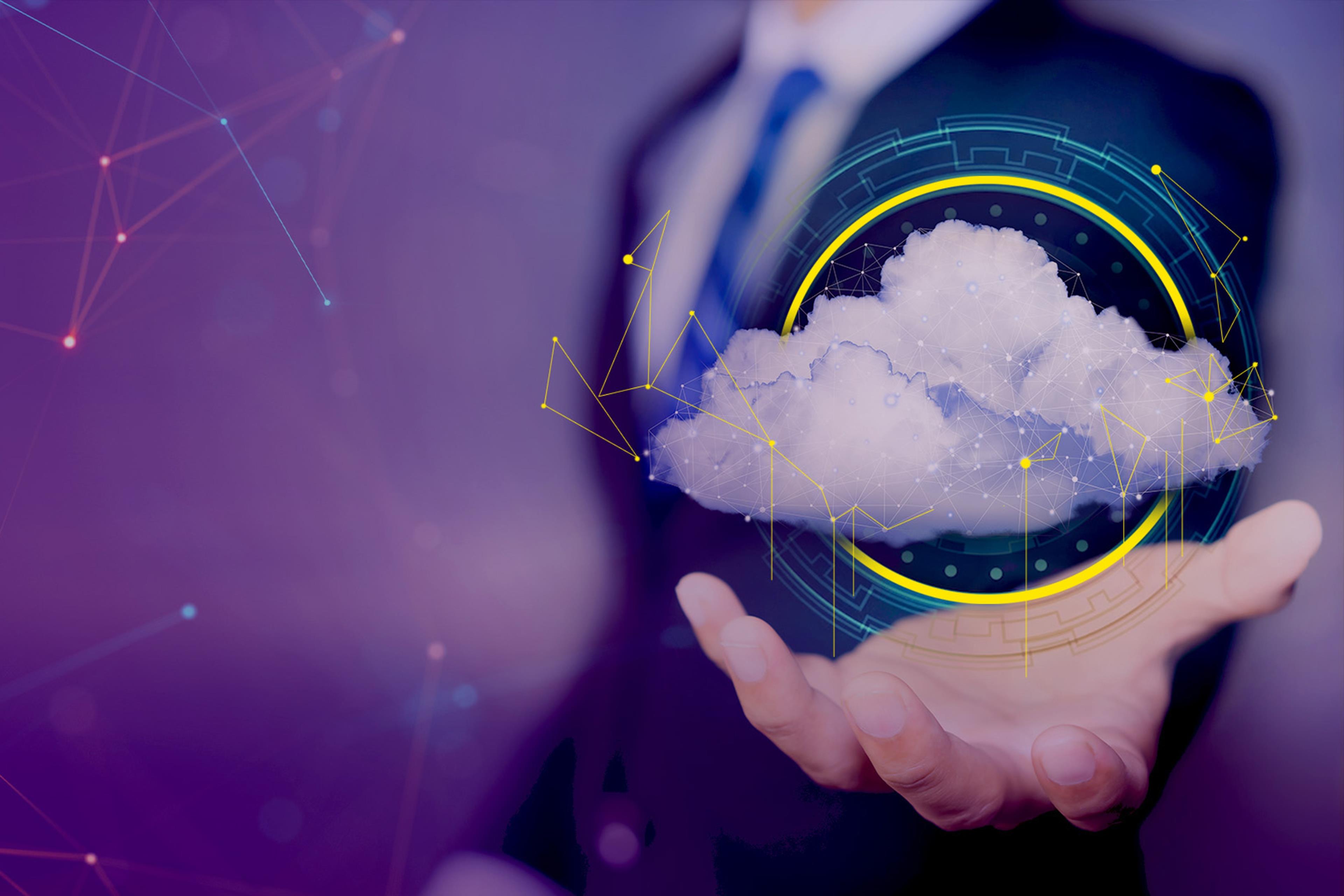EY refers to the global organization, and may refer to one or more, of the member firms of Ernst & Young Global Limited, each of which is a separate legal entity. Ernst & Young Global Limited, a UK company limited by guarantee, does not provide services to clients.

In May 2017, at NVIDIA's GPU Technology Conference (GTC), its CEO Jensen Huang made a bold prediction: "Software is eating the world, but AI is eating software." This statement, inspired by Marc Andreessen's seminal essay "Why Software Is Eating the World," captured the essence of the transformative power of artificial intelligence (AI) in software development.
At the time, Huang's prediction may have seemed ambitious, as the transformative potential of transformer models, now integral to contemporary GenAI models, was undiscovered. Fast forward to 2023 and software development has witnessed a significant change, with generative tools playing an important role in addressing software quality issues, offering real-time code suggestions, automating various steps in the software development life cycle, thus validating Huang's prediction.
AI has long been streamlining routine software development tasks, from code review and bug detection to software testing and project optimization. These tools, often acting as spell- and grammar-checkers for code, have undoubtedly reduced the time and effort required for software development by minimizing keystrokes. At present, with the advent of GenAI, AI-augmented software development has ascended to new heights, creating more efficient and reliable software solutions that align with the contemporary requirements. GenAI tools, such as GitHub's Copilot, Microsoft’s Intellicode, and Jasper, are fundamentally changing the way developers approach software creation. These tools treat computer languages as natural languages, opening up new possibilities for software engineering. Over the next few years, GenAI is set to dominate software development, extending its influence, and reshaping of companies' digital transformation. Gartner predicts that by 2028, 75% of enterprise software engineers will use AI coding assistants, up from less than 10% in early 2023.
The impact of AI on software development will mainly reshape four key areas: requirement planning, enhancing developer productivity, DevOps and deployment, and workload optimization.
Requirement planning: GenAI tools, exemplified by various applications, exhibit the capacity to analyze copious amounts of data, including customer requests, market trends, and user feedback. These tools can generate user stories based on requirements, propose ideas for prototype/application design, and outline high-level architecture diagrams. Additionally, they can recommend suitable technologies based on specified constraints, such as performance, scalability, security, and best practices.
Developer productivity: Code development marks the arena where GenAI is taking remarkable strides. There are platforms that are transforming the software creation process, treating computer languages as just another form of language. These tools draft code based on contextual cues from input code or natural language, enabling faster and smoother coding with reduced friction. Code generators are adept at swiftly producing code for routine tasks, saving developers a considerable amount of time, and allowing them to focus on more intricate tasks. By 2025, according to Gartner estimates, 80% of the software development life cycle will involve GenAI code generation, enhancing developer productivity up to 75% in various use cases.










